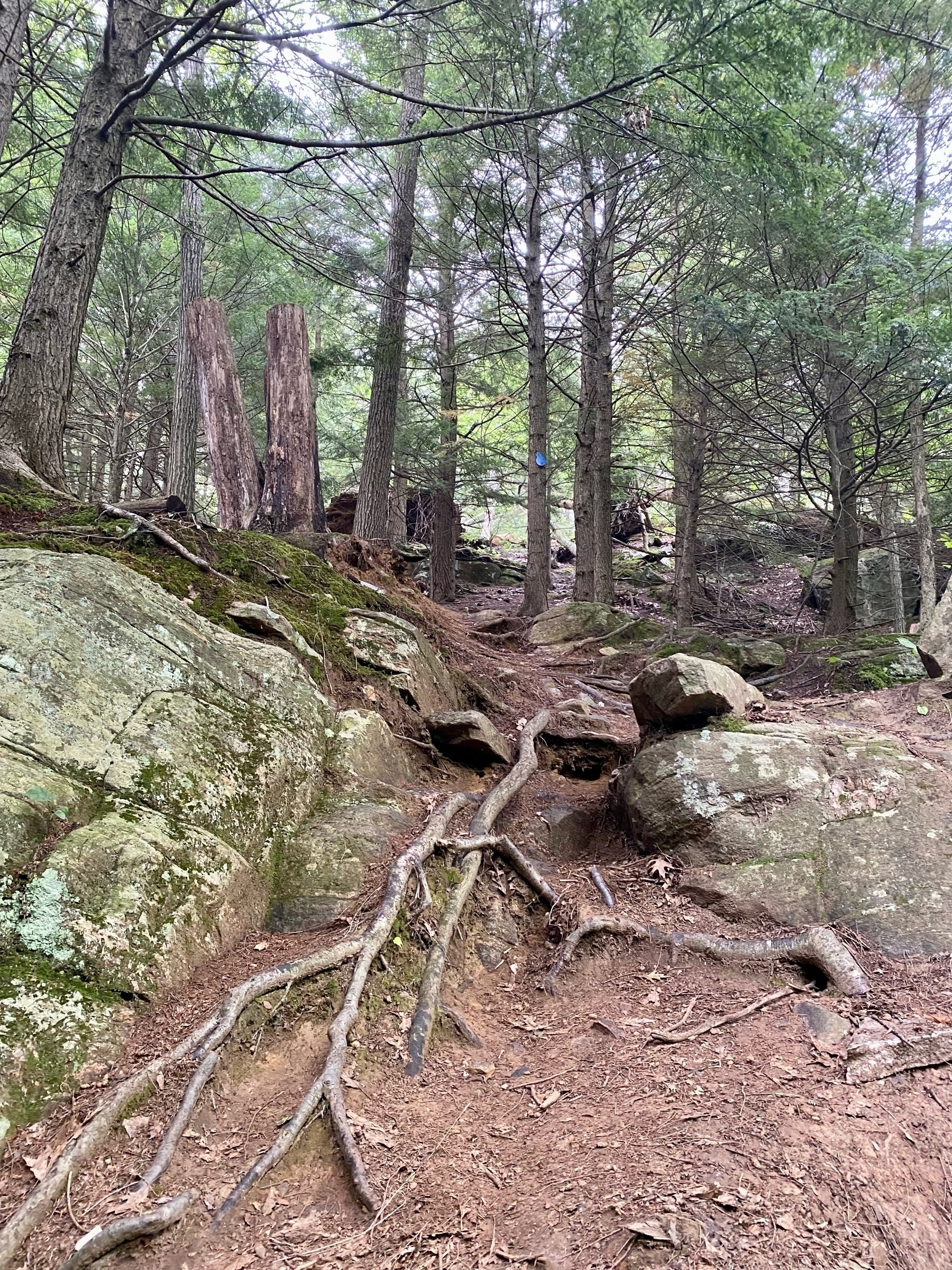
Finished reading: Although the book is unfinished, I enjoyed Starlight by Richard Wagamese. The theme of appreciating the land resonates well with my cottage vacation. I also found the themes of fatherhood and adopted families compelling 📚

Finished reading: Although the book is unfinished, I enjoyed Starlight by Richard Wagamese. The theme of appreciating the land resonates well with my cottage vacation. I also found the themes of fatherhood and adopted families compelling 📚
Ominous clouds for today’s swim

A fun Upgrade episode on automation with Jason Snell, Federico Viticci, Rosemary Orchard, and Matthew Cassinelli 🤖🎧

Finished reading: Tunnel 29 by Helena Merriman is an engrossing book about students that escaped from East Germany during the Cold War, only to then tunnel back under the wall to help more people escape 📚

Finished reading: The Eye of the World by Robert Jordan was a perfect vacation read. A long and immersive fantasy story with both familiar elements and novel ideas📚
Back on the gravel roads for today’s run

Nice run along the James Cooper Lookout Trail, despite some tough terrain 🏃♂️





Finished reading: Although I was initially confused by the plot of Light From Uncommon Stars by Ryka Aoki, once I got into the story I enjoyed it. A nice mix of humour, honouring your identity, immigrating, and classical music 📚
Rays of light

We’ve seen a beaver swimming from one end of the lake to the other, most evenings at our rented cottage. Today we paddled out to investigate.

We found three separate lodges, though I could only really get a good picture of one.

As well as a dam that was blocking a culvert at the end of the lake.




